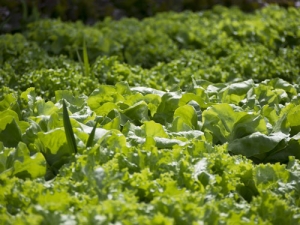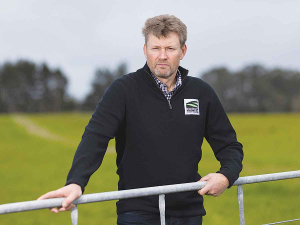The solution to the problem of rising world population is ‘agritecture’, says Julian Cribb – meaning essentially ‘architects becoming aware of agriculture’.
The plantings of beautiful plants around architect-designed buildings will in future give way to vegetables, he says.
Cities of the future must recycle all the nutrients and water they use, “and the best way is to recycle it through the food system back into intensive horticulture, protected cropping, aquaponics and hydroponics”.
“We will take the nutrients we currently discard in the garbage, all the water we now flush out to sea, and put them back into food production.
“This will be integrated with the buildings. These could harvest stormwater for growing vegetables on the roofs of buildings so we can have beautiful cities, instead of these sterile concrete wastelands we have today.”
Cribb sees these changes as ‘futuristic’, including a move to synthetic meat. But the idea of growing food in cities will suddenly bring consumers in touch with agricultural production, he says.
The world is now at the foot of a very steep curve that will transform how we grow food and where.
“Your office canteen will harvest vegetables grown on the roof of your office, watered by waste water. Hospitals will grow their own vegetables, so will restaurants and supermarkets. Shipping vegetables around the world at great expense and massive carbon emission will disappear. We will see much greater diversity of vegetables and fruit grown indoors in city buildings.”
Cribb has visited a Norwegian farm where they grow 3000t of tomatoes and peppers on 7ha indoors, recycling all nutrients.
A sensor on each plant helps determine its exact daily nutrient need, ensuring it gets it. So no nutrients are wasted and no pollution enters the local river.
“Such an agricultural system recycles all its waste, which we are now not doing. We allow wastes to drain through the soil into rivers, allowing the waste to exit a city sewer pipe or run from supermarket to urban landfill.”



















